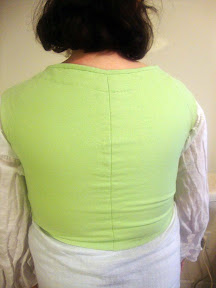In the course of preparing for an event, there are many things that require advance planning and work before the appointed date arrives. If there is to be a feast, a head cook must be selected, who will plan what dishes will be served, test the recipes, buy the food, and perhaps cook some things before the feast itself. Artisans may spend weeks or months creating decorations, site tokens, tourney prizes, and the like. Teachers must prepare their classes and create instructional materials.
Though it usually comes at the very end of the event and is a time for joy and relaxation, a dance revel benefits just as much from such attention. Just as the other event staff is chosen well ahead of time, your dance leader should be appointed early enough that they can plan ahead for the dancing. If there is to be live music, this makes it much easier for the musicians to be prepared, whether they are from your own group or from further afield. More importantly, if the dance list is created and posted along with the other event information, there will be ample chance for those attending the event to learn unfamiliar dances or refresh their memories.
Just as the populace of the hosting group may be involved in the cooking and serving of feast, the creation of decorations and prizes, and other tasks that contribute to the success of an event, so too can they be involved in preparation for the dancing. A pre-determined dance list is an excellent way to focus the instruction at your local dance practice, or to get a local practice started in preparation for your event. While it is possible to teach dances at a revel, it is far more enjoyable for there to be enough familiarity with the dances that no teaching is required, or simply a quick reminder of the choreography.
It is, of course, possible to contact one of the experienced dance masters in the kingdom at the last minute to run your revel, but this should be the exception rather than the rule. An experienced cook from another group may be able to produce a good feast on a moment’s notice, but far better to give the aspiring cooks in the hosting group an opportunity to hone their craft so that they may achieve mastery in their own right.







